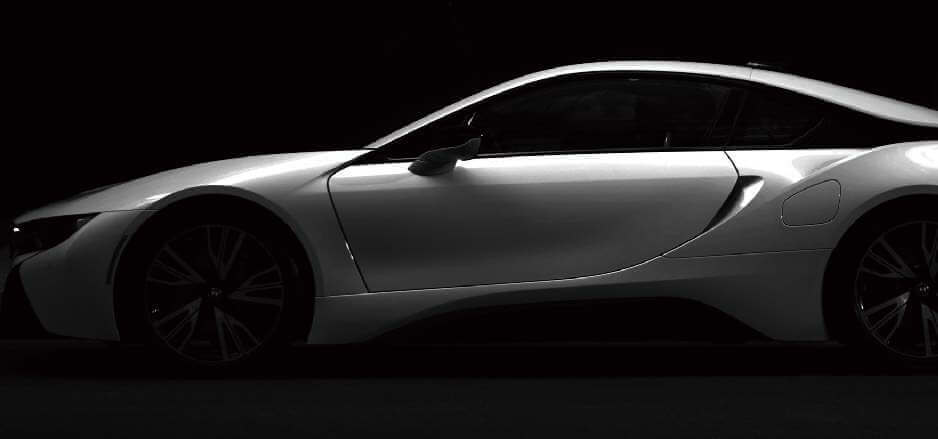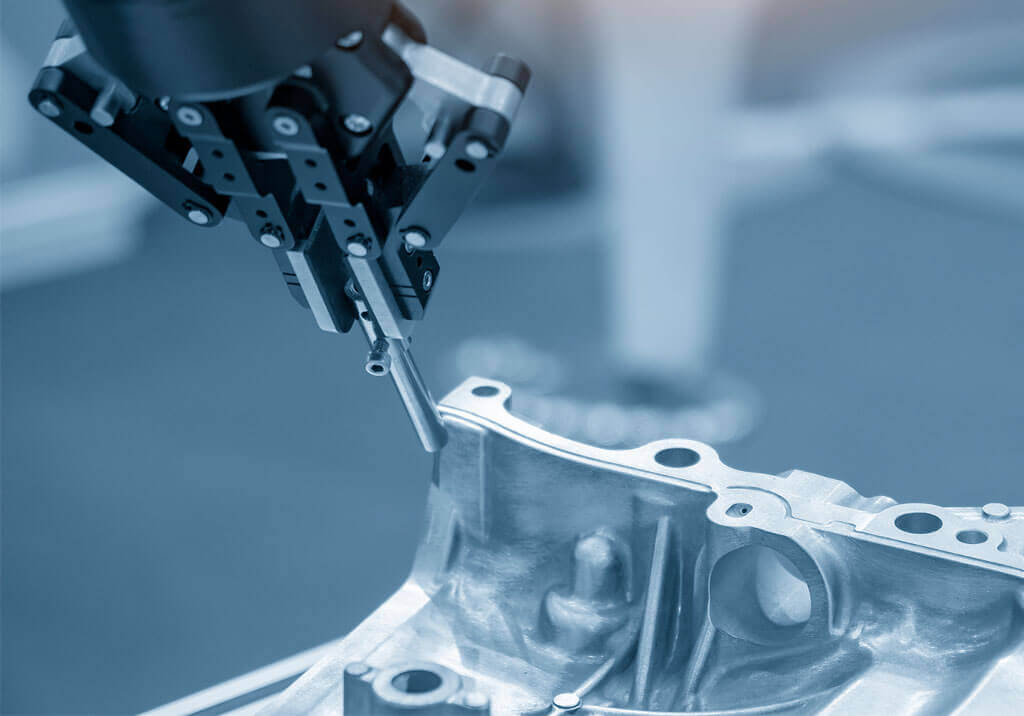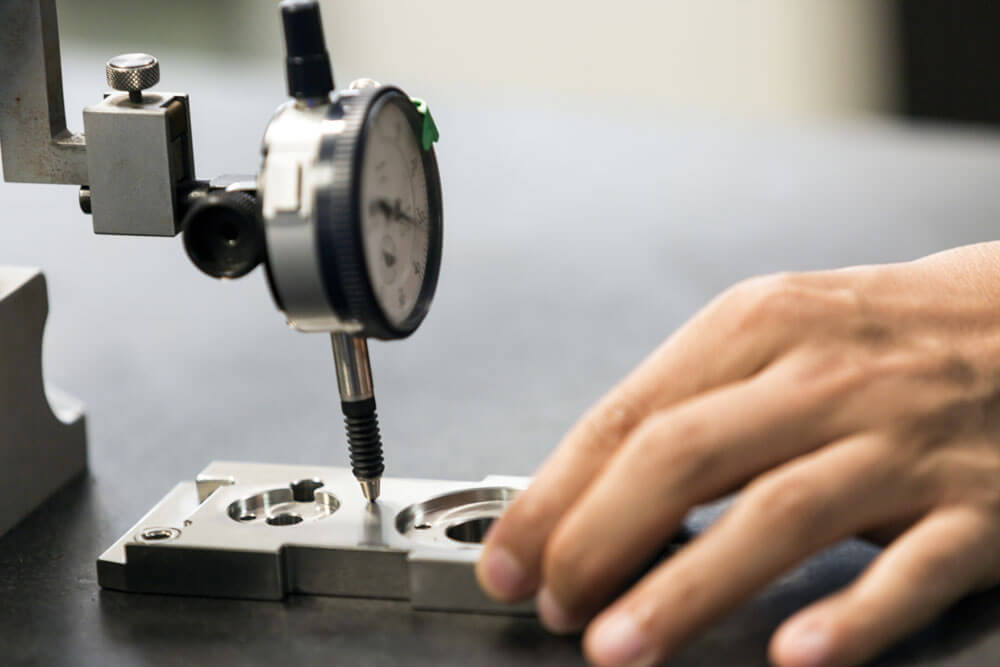Sales of electric and hybrid vehicles are expected to accelerate in the coming years. According to Cars.com, 66% of Americans surveyed are now more likely to purchase electric vehicles (EV). Many are motivated by proposed federal EV infrastructure plans and incentives.
Hybrid vehicles (HEV) hit record sales in the United States in 2021, leaping 76% and capturing 5% of light vehicle sales. Electric vehicles saw an even greater percentage increase of 83%, though they’re still behind hybrid sales by about half in terms of total vehicles sold, and they only captured 3% of the market.
It’s clear that hybrid sales are up for major automotive manufacturers, and many are preparing for greater demand for purely electric vehicles. Not only this, but they’re also responding to new, strict EPA regulations and standards for emissions. These regulations mean change for internal combustion engine (ICE) vehicle design as well.
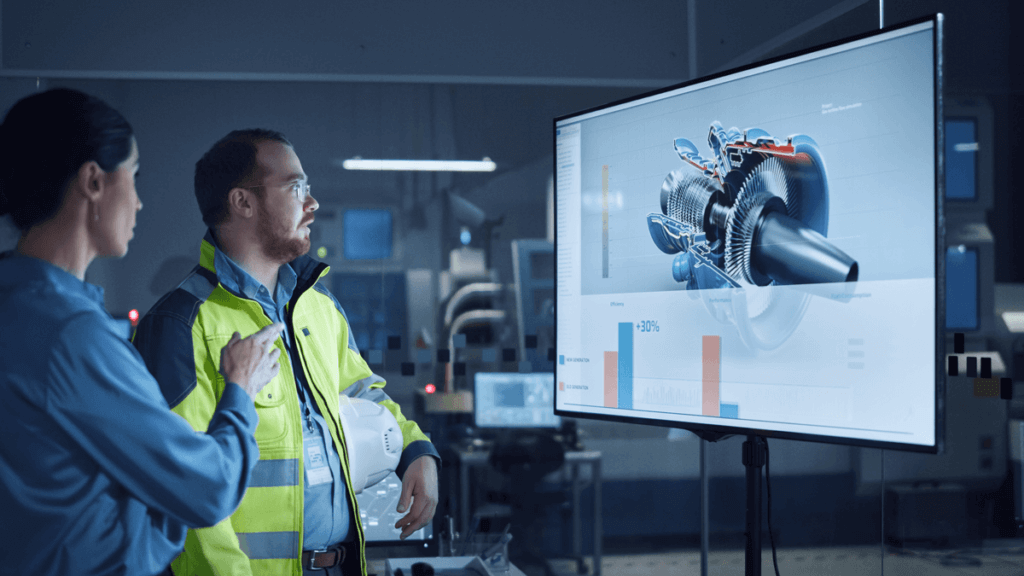
As such, facilities that manufacture parts for the automotive industry are starting to feel the shift. Shops and manufacturers that focus on automotive parts are seeing increased requests for electric and hybrid vehicle components.
At Xebec Deburring Technologies, our automated deburring and finishing tools are already hard at work manufacturing parts for major electric vehicle manufacturing companies, meeting the needs of this industry as it emerges into the mainstream.
In handling increased demand coupled with increased expectations for quality and speed, manufacturers rely on sophisticated tools like Xebec ceramic fiber brushes to achieve quality standards and reduce wasted time, effort and scrap. This helps them meet production demand and get parts out the door more efficiently.
What types of parts and processes are you looking at if you take on these components? And how different are they from the parts you’re familiar with?
Here, we’ll answer key questions about manufacturing parts for electric and hybrid vehicles based on our knowledge of the industry and experience in the field.
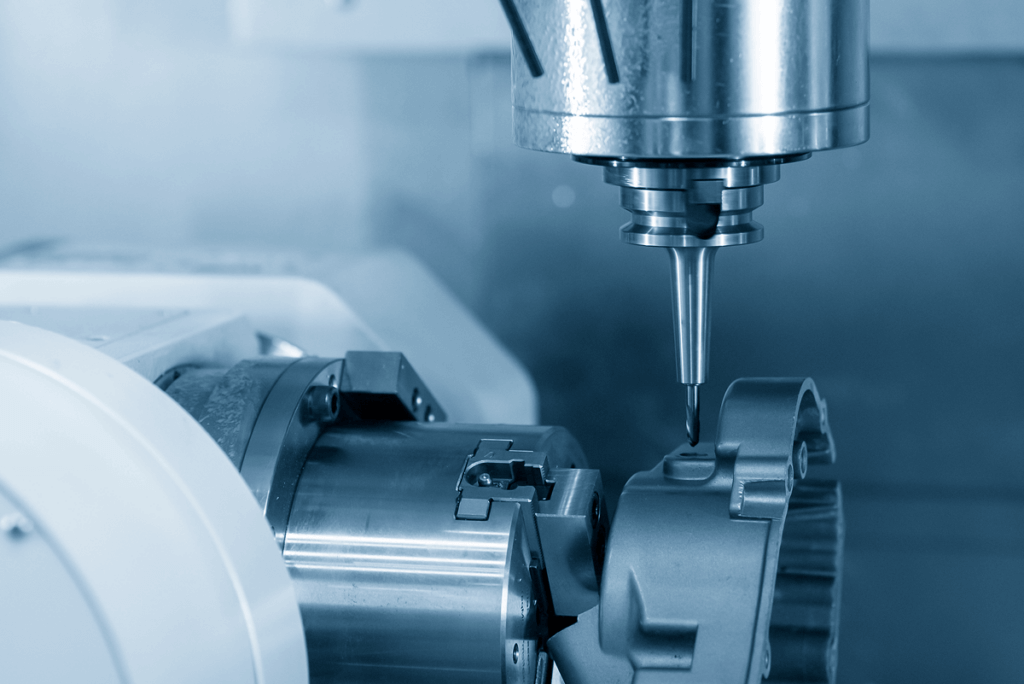
Is the machining process different for EV and HEV components?
The machining process for electric and hybrid vehicle parts isn’t much different from the processes automotive parts manufacturers are accustomed to with internal combustion engine (ICE) vehicles. In many instances, you’ll even be working with the same materials: aluminum, magnesium, titanium, etc.
The main differences will be in the dynamics of the parts themselves. Battery boxes, for instance, are larger and more substantive for electric vehicles. And parts for EVs and HEVs are typically lighter than those for ICE vehicles. There will also be fewer parts in total than for ICE vehicles, and even fewer that move during performance. But many of the involved parts have more intricate designs required to perform to higher standards.
There are alternative methods to traditional machining that automotive manufacturers are testing and using to create these parts, such as additive manufacturing.
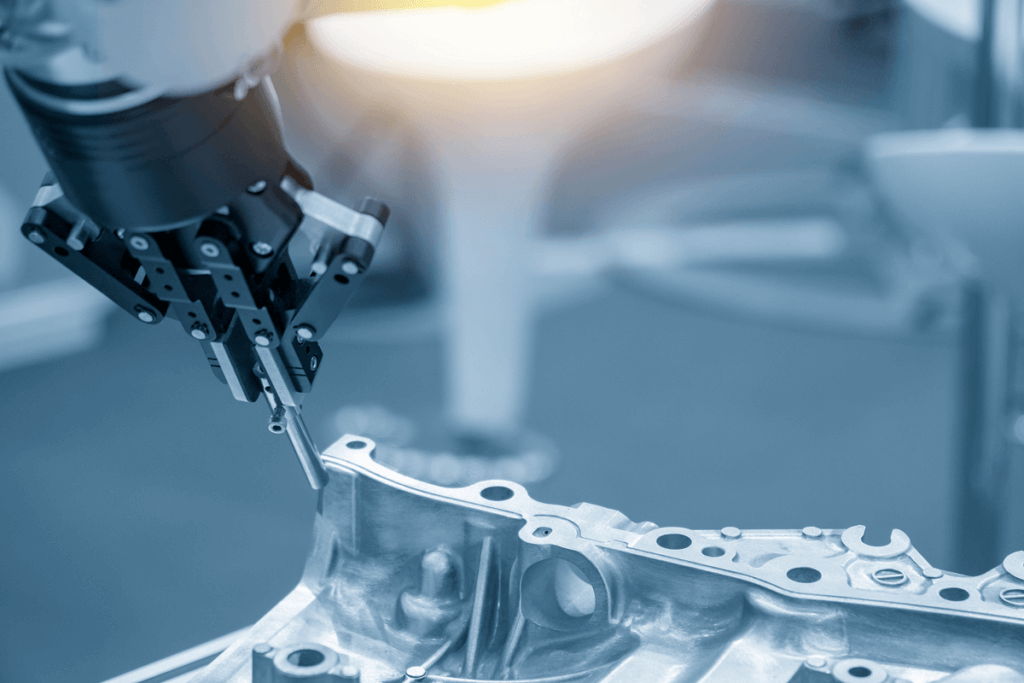
What factors are critical to EV and HEV component production?
With electric and hybrid vehicle components, manufacturers are challenged with the same production expectations as with any performance part. Yet, it’s clear in the industry that these expectations are getting higher and tighter as new production technology comes on the market and as customers pursue loftier goals for performance. Today, customers are calling for even greater quality, speed and reliability to meet their own production schedules and satisfy the end user.
For electric and hybrid vehicles specifically, there’s greater emphasis on quality, precision, accuracy and tolerances. A precise finish, for instance, ensures an electric vehicle is “quiet.” And tight tolerances mean the vehicle will perform to the declared standards for the end user.
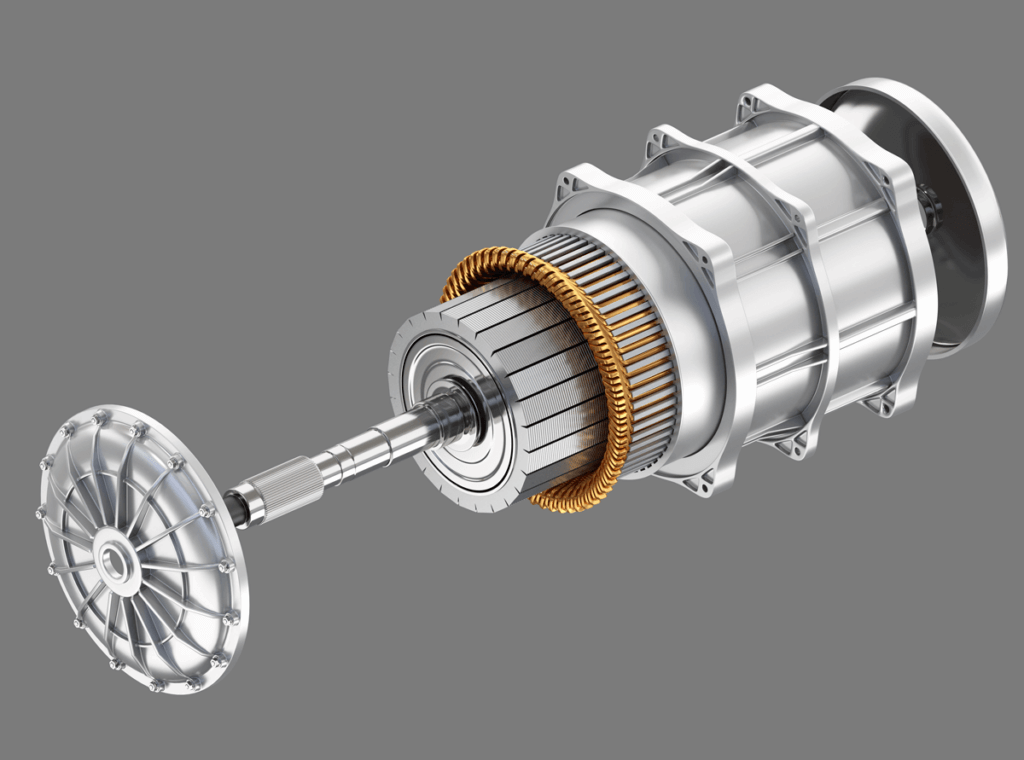
What components are involved in EV and HEV production?
Several of the parts for electric and hybrid vehicle production will be familiar to automotive manufacturers, while others will be entirely new components. You may have manufactured rotors, stators, brake systems and air conditioning systems for the industry before, as well as parts for automotive bodies.
The following EV and HEV component descriptions are informed by the Department of Energy Alternative Fuels Data Center.
Electric Vehicle Components
Components of purely electric vehicles include:
- An electric auxiliary battery that powers vehicle accessories.
- A traction battery pack that stores electricity for the electric traction motor.
- A DC/DC converter to convert the traction battery pack’s DC power from high-voltage to low-voltage for driving accessories and recharging the auxiliary battery.
- An electric traction motor that powers the wheels with energy from the traction battery pack.
- An electric transmission that uses power from the electric traction motor to drive the wheels.
- A charge port to enable charging of the traction battery pack.
- An onboard charger to convert AC electricity from the charge port to DC power to charge the traction battery.
- A power electronics controller to control the power from the traction battery.
- A thermal cooling system to control the operating temperature.
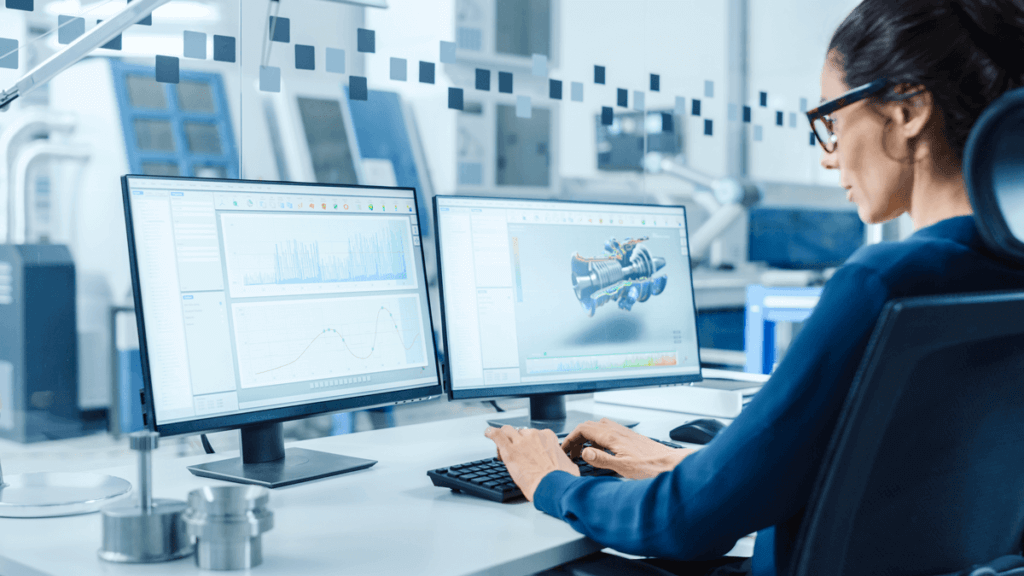
Hybrid Vehicle Components
Components of hybrid electric vehicles include:
- A low-voltage auxiliary battery that delivers electricity to start the car and power accessories.
- A spark-ignited internal combustion engine that takes fuel.
- A fuel tank to store gasoline for the engine.
- A fuel filler for receiving fuel into the tank.
- An exhaust system to deliver gases through the tailpipe.
- A traction battery pack to store electricity for the electric traction motor.
- A DC/DC converter to convert the traction battery pack’s DC power from higher-voltage to lower-voltage for powering accessories and recharging the auxiliary battery.
- An electric traction motor which uses traction battery pack power to drive the wheels.
- A transmission that delivers power from the engine or electric traction motor to control the wheels.
- A power electronics controller that controls the energy transfer from the traction battery.
- A thermal cooling system to control the temperature range of key components.
- An electric generator which generates electricity during braking and returns it to the traction battery pack.
A plug-in hybrid electric car has the same components as above, but also has a charge port and onboard charger.
What EV and HEV parts can manufacturers deburr and finish with Xebec products?
Xebec products are already in use at major automotive manufacturers’ facilities, helping them achieve the precise finishes and tight tolerances they require on a variety of EV and HEV parts. Xebec cutting tools help machinists achieve the required tight radius tolerances and the back burr cutter is ideal for the chamfered edges found in many EV and HEV components.
Here are a few examples of use cases for Xebec products in EV and HEV component manufacturing:
Cooling parts
A Xebec Brush Surface (A11-CB40M) was implemented to deburr aluminum cooling parts. On these parts, burrs were generated on the outer periphery of the pins. Manual deburring was time-consuming and resulted in an inconsistent edge quality. And horizontal burrs were not removed completely by a nylon brush. With Xebec in place, CNC deburring with a simple tool path proved successful. The edge quality became stable and the cycle time was decreased.
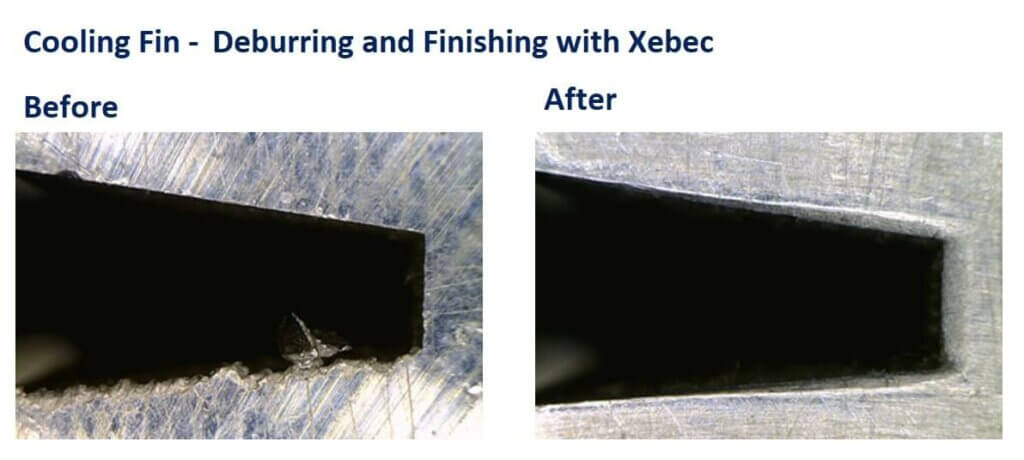
Pinion gear
A Xebec Brush Surface (A31-CB40M) and a Xebec Floating Holder (FH-ST12) were implemented to deburr the gear edge face of a S45C pinion gear after the hobbing process. Previously, a file was used for manually deburring the pinion gear, which took time and resulted in unstable edge quality. The Xebec tools automated deburring and provided a consistent finish in a shorter time.
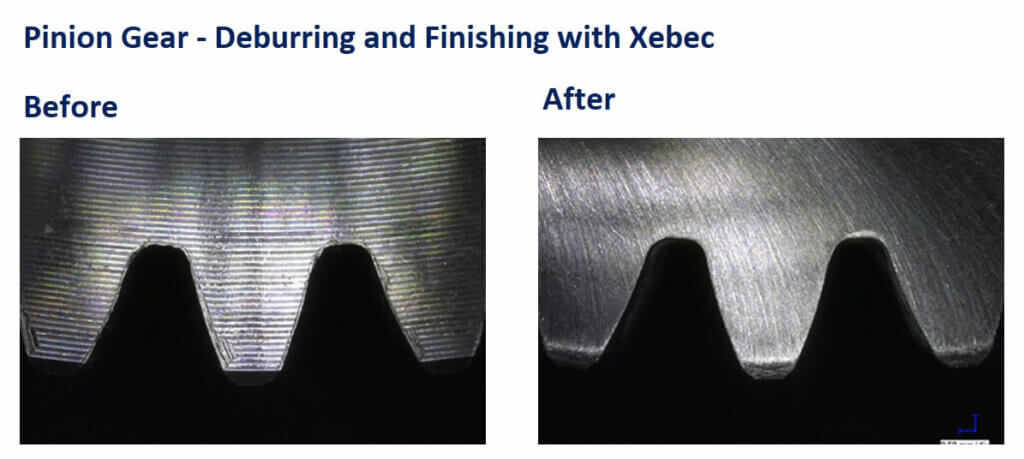
Yoke Cylinder
A Xebec Back Burr Cutter and Path (XC-58-A) was implemented to deburr the back burr of an SCM yoke after drilling. This replaced a blade-type back burr deburring tool which would create scratches by tool contact when inserting the tool. With Xebec in place, by pinpointing deburring for the edge, no scratching occurred and shorter cycle time was realized.
Control Box
A Xebec Brush for Surface (A11-CB25M) was implemented to deburr the edge face of an aluminum alloy control box after the milling process. This replaced a wire brush which left burrs behind due to its low grinding power, requiring manual deburring after automated deburring. With Xebec in place, no burrs were left and productivity improved drastically.
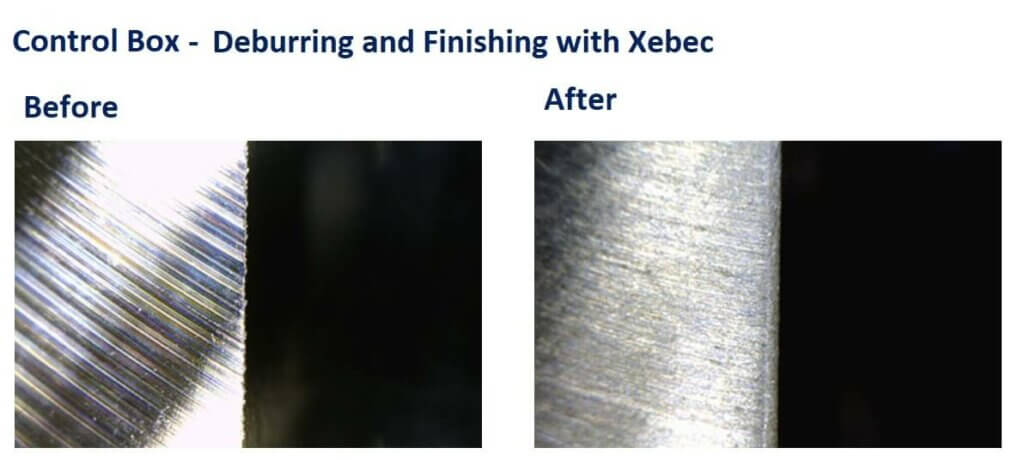
Why automate deburring and finishing with Xebec?
When producing parts for electric and hybrid vehicles, your outcomes are held to high standards. Using manual processes or insufficient automated tools will not result in the consistency and repeatability you need. You’ll waste time, money and resources when you could otherwise turn out high-quality, repeatable parts quickly and efficiently with Xebec ceramic fiber brushes.
These brushes perform like cutting tools and will help you achieve the precise finishes your customers expect, in less time and with fewer touches. Some of the most significant advantages include:
Time savings
Automated deburring and finishing is more efficient. In one real world scenario, a manufacturer switched from hand deburring to automated deburring with Xebec and took a 20-minute process down to around a minute and a half.
Increased production
It’s difficult to get parts out the door fast enough with current labor shortage issues, and with increasing demand for EV and HV parts. If you have employees hand deburring and finishing, you’re not optimizing existing production time, so you’ll certainly struggle to increase production. If you can automate this process with quality tools like Xebec ceramic fiber brushes, you can increase production without adding headcount or sacrificing quality.
Fewer touches
Tool changing is a big deal in machining. Reducing the number of touches in the process saves time and reduces risks. With automated tools in your CNC machine or a robot, especially tools like Xebec brushes that perform both deburring and finishing at once, you drastically reduce touches and time.
Repeatable quality
Repeatability and consistency are key in machining parts for electric and hybrid vehicles. You can rely on Xebec ceramic fiber brushes to turn out quality products that meet stringent requirements for tolerance and surface finish. The ceramic fiber doesn’t deform, and it operates like a cutting tool.
Perhaps the greatest advantage of all is that our products are already solving these problems for other manufacturers in the industry. We’ve been there for power train manufacturing, and we’re right here as electric and hybrid vehicles become more in-demand. Others in the industry trust us because when tolerances and precision are so important, they need a better product to meet their need and help them achieve their production goals.
“You’re designing a cutting-edge product. It’s just backwards to use an old product like scouring pads to finish it. Look at Xebec tools as a capital investment, not a consumable.”
If you’re looking to take on EV and HEV components at your facility, reach out to discuss the details with one of our experts in the field.

